Home>Ideas and Tips>Scandinavian Simplicity In Home Design
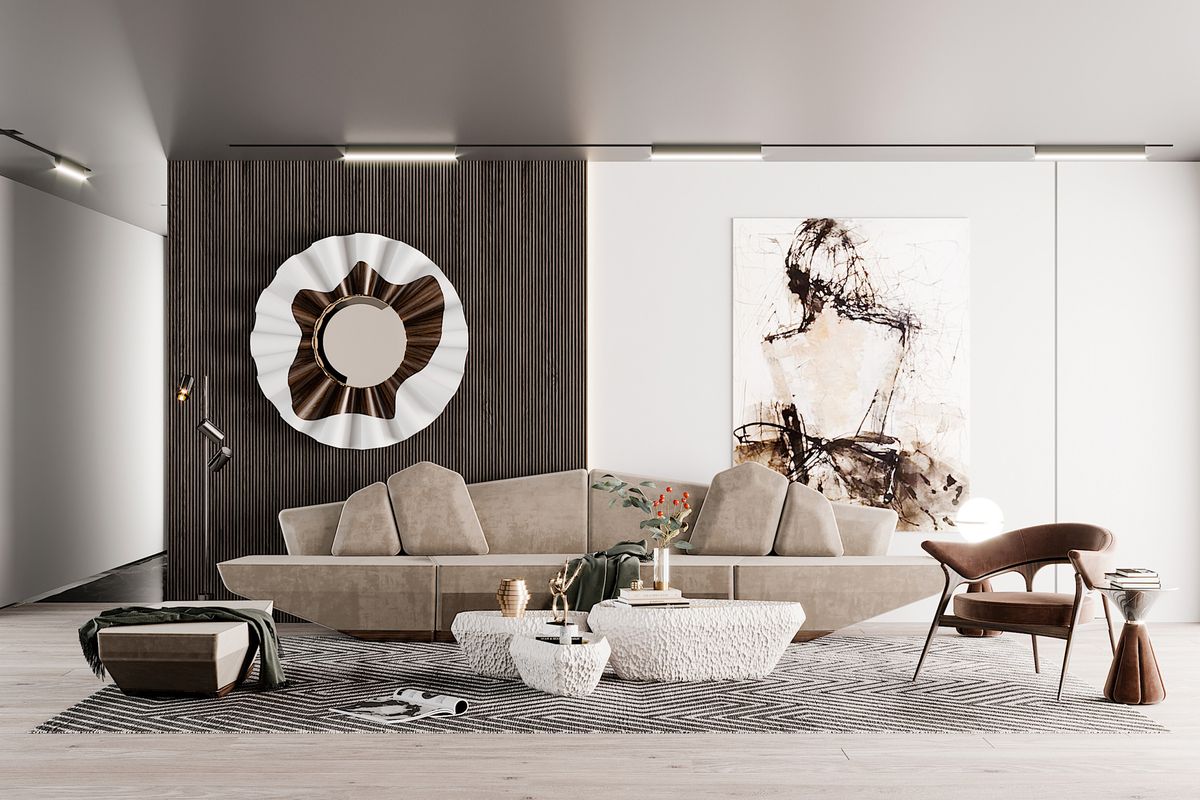

Ideas and Tips
Scandinavian Simplicity In Home Design
Modified: October 27, 2024
Discover the essence of Scandinavian simplicity in home design. Embrace minimalism, functionality, and natural elements for a cozy, sustainable living space.
(Many of the links in this article redirect to a specific reviewed product. Your purchase of these products through affiliate links helps to generate commission for Storables.com, at no extra cost. Learn more)
Scandinavian simplicity has become a beacon of modern interior design, celebrated for its understated elegance and functional beauty. This design philosophy originates from the Nordic countries, where it has evolved as a way of life that emphasizes simplicity, comfort, and sustainability. In this article, we will delve into the core principles of Scandinavian design, exploring how it can transform your home into a cozy and functional refuge.
The Origins of Scandinavian Simplicity
Scandinavian simplicity is deeply rooted in the cultural and historical context of the Nordic countries. The harsh and prolonged winters of northern Europe necessitated functional structures that could withstand severe conditions. This led to the development of design principles that valued simplicity, functionality, and calmness. The philosophy was not just about aesthetics; it was a response to the practical needs of living in challenging climates.
In Scandinavian countries like Denmark, Sweden, Finland, and Norway, the concept of minimalism is not just a design trend but a way of life. The term "lagom" in Swedish, meaning "just right," encapsulates the idea of balance and moderation that is central to Scandinavian design. This approach to living emphasizes reducing what is unnecessary to leave what is essential, fostering a lifestyle that is both sustainable and simple.
Key Principles of Scandinavian Design
Minimalism
Scandinavian design embodies the principle of minimalism, using only what’s needed. This approach shies away from excess, focusing on clear lines, simplicity, and understated elegance. Designers from the region have consistently shown an ability to create timeless pieces by centering minimalism. Scandinavian furnishings and accessories are often characterized by fine craftsmanship and high-quality materials, which contribute to the minimalist aesthetic.
The "less is more" philosophy is a cornerstone of Scandinavian design. This means that every item in a room serves a purpose and brings enjoyment and ease. Reducing clutter is a great place to start, as it allows for a more peaceful and organized living space. The items that are present are chosen with great care, ensuring that they enhance the overall aesthetic and functionality of the room.
Functionality
Functionality is king in Scandinavian design. Every piece of furniture or decorative accent is picked for its functionality as well as its aesthetic appeal. This emphasis on functionality helps create a home that is easy to live in, where everything has its place and there is no room for excess. The design principle of "form follows function" is deeply ingrained in Scandinavian design, ensuring that each item is both practical and beautiful.
For example, multi-functional pieces like nesting tables or storage coffee tables are highly valued. These items not only promote a minimalist aesthetic but also optimize space utilization, a cornerstone of Scandinavian design. The use of practical furniture like modern-style sofas with sleek lines and neutral colors further enhances the functional aspect of the design.
Natural Light
Natural light plays a fundamental role in Scandinavian design. With long winters and short days, there’s a need to maximize daylight. Spaces are often designed to let in as much light as possible. This is achieved using large windows, bright interiors, and reflective surfaces. The focus on natural light creates warm, inviting, and tranquil environments, enhancing the overall sense of wellbeing and happiness.
In some Scandinavian countries, the summer months see 24 hours of sunlight, with a midnight sun for as many as six months at a time. This unique cadence of sunlight and moonlight encourages homeowners to use light inventively. Wide-open windows positioned for either morning or evening sunlight are prized. Window trim, window treatments or dressing, and even the color of windows or arrangement of glass can all be optimized to control and capture light.
Natural Elements
The ethos of Scandinavian simplicity places a strong emphasis on integrating natural elements into the home. This creates spaces that not only exude warmth and texture but also foster a profound sense of harmony and connection to the natural world. Wood, a material celebrated for its versatility and natural beauty, is a cornerstone of this design philosophy.
Wood is utilized extensively across flooring, furniture, and decorative accents. It serves as a visual and tactile reminder of the outdoors. The choice of wood—from the pale hues of birch and ash to the deeper tones of walnut and oak—allows for a range of atmospheres within the Scandinavian palette, each bringing its own character and warmth to the space.
The use of natural materials like wood, stone, wool, and leather not only brings warmth and texture to interiors but also underscores a commitment to sustainability and craftsmanship. These elements add layers of comfort, creating a feeling of warmth and coziness that is central to Scandinavian design.
Neutral Colors
Scandinavian design typically uses a light and neutral color palette. A visually soothing backdrop is created by tones of white, cream, light gray, and beige. This backdrop can be livened up with splashes of color using accessories and artwork. The neutral color palette reflects the design philosophy’s commitment to simplicity and minimalism, steering clear of flamboyant designs and bright colors.
The use of neutral colors enhances the sense of space and serenity within the home. It also draws inspiration from the Nordic landscape, creating a light and airy feel that connects the indoors with the natural world outside. This technique offers a calm and inviting atmosphere that is quintessential to Scandinavian design.
Characteristics of Scandinavian Design
Clean Lines
One of the defining characteristics of Scandinavian design is the presence of clean lines in its furniture and decor. This approach abides by the design principle of "form follows function," favoring simple, streamlined shapes that are as practical as they are beautiful. Heavily inspired by mid-century modern design, slender and modern furniture items with clean lines take center stage.
Bold curves or elaborate ornamental details rarely feature in this design style, reflecting its commitment to minimalism and practicality. Clean lines create a sense of order and calmness in a room, making it easier to navigate and enjoy. The absence of unnecessary details ensures that each piece of furniture serves a purpose without cluttering the space.
Furniture Selection
When it comes to Scandinavian design, the furniture choice holds paramount importance. The key is to embrace the minimalist approach, opting for pieces with clean lines that serve a purpose. Here are some essentials to consider:
- Modern-style sofa: A sleek, neutral-colored sofa that provides comfort without overwhelming the space.
- Multi-functional pieces: Nesting tables or storage coffee tables that offer versatility and practicality.
- Mid-century modern classics: An Eames chair, which is both iconic and treasured for its timeless design.
These selections not only promote a minimalist aesthetic but also optimize space utilization, a cornerstone of Scandinavian design. Each item must serve a function, ensuring that every piece contributes to the overall harmony and functionality of the room.
Emphasis on Sustainability
Scandinavian design places a strong emphasis on sustainability. The use of natural materials like wood, stone, wool, and leather underscores this commitment. These materials not only bring warmth and texture to interiors but also highlight the importance of environmental consciousness in design.
The focus on sustainability is deeply rooted in the cultural values of the Nordic countries. Communities in these regions have historically valued balance and connection with nature. This ethos is reflected in the design philosophy, which champions a lifestyle that is intentional, sustainable, and profoundly intertwined with the natural environment.
Creating Light, Airy Spaces
The commitment to creating light, airy spaces is a testament to the Scandinavian pursuit of a balanced living environment. By maximizing natural light through large windows, bright interiors, and reflective surfaces, designers aim to create warm and inviting spaces that connect indoors with nature.
In regions where sunlight is scarce during winter months, clever lighting solutions can create a warm welcome even in the absence of natural light. This emphasis on light not only enhances visual appeal but also contributes to overall wellbeing by fostering a sense of calmness and happiness.
Practical Tips for Implementing Scandinavian Design
Living Room
- Start with a Moodboard: Create a visual map that guides specific furniture choices, color palettes, and decorative elements. This ensures that every detail chosen is aligned with your initial vision.
- Choose Neutral Colors: Use tones like white, cream, light gray, and beige as the backdrop for your room. Add splashes of color using accessories or artwork.
- Opt for Multi-functional Furniture: Select pieces that serve multiple purposes without cluttering the space.
- Incorporate Natural Elements: Add wooden accents or plants to bring warmth and texture to your living room.
Dining Room
- Select Simple yet Elegant Furniture: Choose a dining table with clean lines and minimalist decor.
- Use Natural Materials: Incorporate wooden chairs or a wooden dining table to add warmth and texture.
- Maximize Natural Light: Position your dining table near a window to take advantage of natural light.
- Add Cozy Textures: Use throw blankets or rugs in natural materials like wool or jute to create a cozy atmosphere.
Office
- Create an Inviting Workspace: Use a minimalist desk with clean lines and a neutral color palette.
- Incorporate Plants: Add indoor plants to bring life and freshness to your office space.
- Optimize Natural Light: Position your desk near a window to maximize natural light.
- Choose Functional Accessories: Select accessories like storage bins or file organizers that serve multiple purposes without cluttering your space.
Bedroom
- Select Comfortable yet Minimalist Furniture: Choose a bed frame with clean lines and minimal decor.
- Incorporate Natural Textiles: Use bedding made from natural materials like cotton or linen for added warmth and texture.
- Maximize Natural Light: Position your bed near a window to take advantage of natural light during the day.
- Add Cozy Accents: Use throw blankets or pillows in natural materials like wool or cotton to create a cozy atmosphere.
Conclusion
Scandinavian simplicity is not just a design trend; it is a way of life that emphasizes simplicity, comfort, and sustainability. By embracing the principles of minimalism, functionality, and natural elements, you can transform your home into a cozy and functional refuge. The use of neutral colors, clean lines, and multi-functional furniture ensures that every piece contributes to the overall harmony and functionality of the room.
Incorporating Scandinavian design into your home isn’t just about blending pleasing aesthetics; it’s a deliberate pursuit of simplicity, functionality, and serenity. By prioritizing natural light, natural materials, and sustainability, you can create spaces that are not only visually captivating but also deeply connected to nature.
Remember, the heart of your home is you. Whether you’re remodeling it or just trying to add a dash of Nordic charm, choose pieces that resonate with you—pieces that serve a purpose and create a space where you feel at ease. In the words of William Morris, “Have nothing in your home that you do not know to be useful or believe to be beautiful.” This philosophy encapsulates the essence of Scandinavian simplicity in home design.
Was this page helpful?
At Storables.com, we guarantee accurate and reliable information. Our content, validated by Expert Board Contributors, is crafted following stringent Editorial Policies. We're committed to providing you with well-researched, expert-backed insights for all your informational needs.
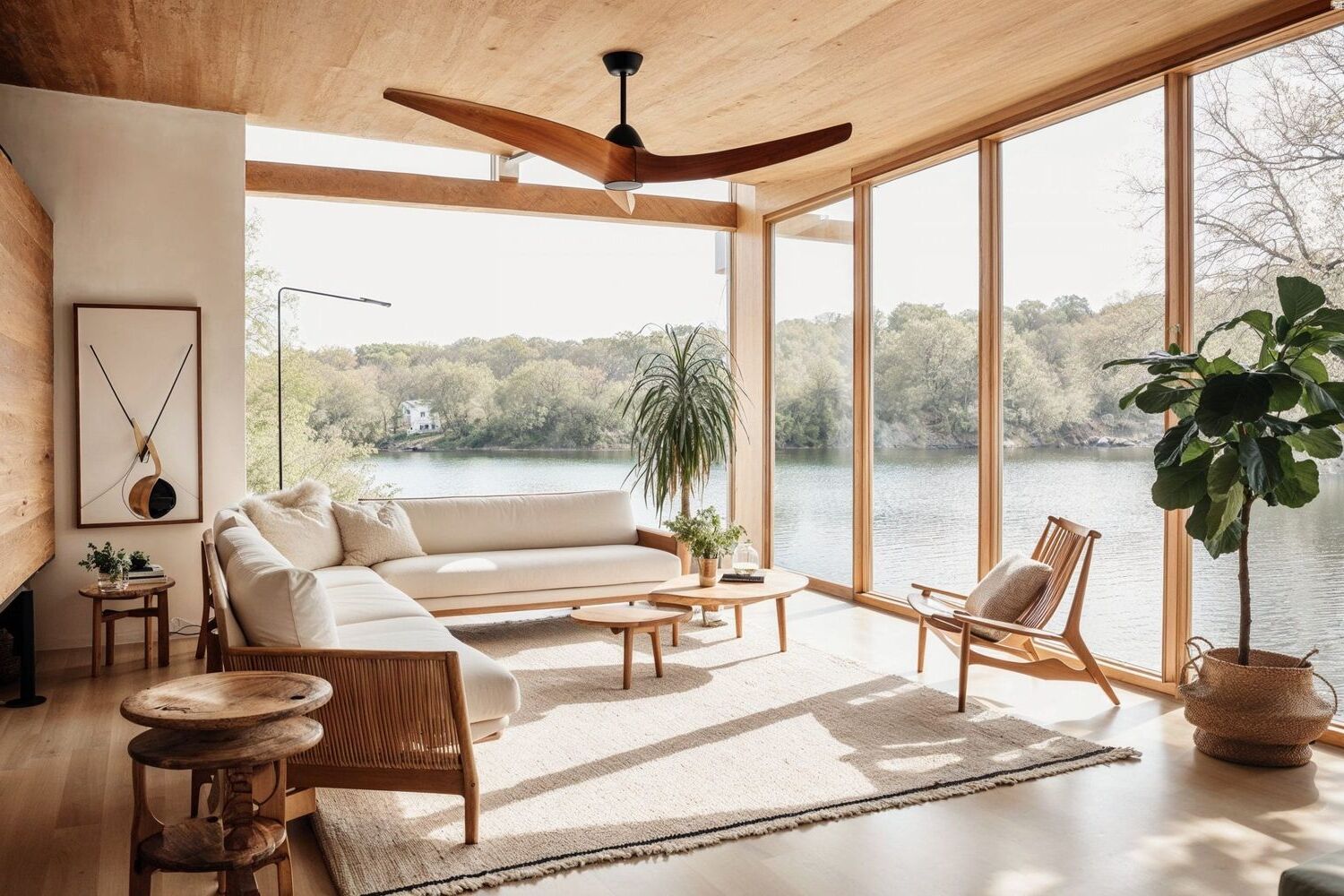
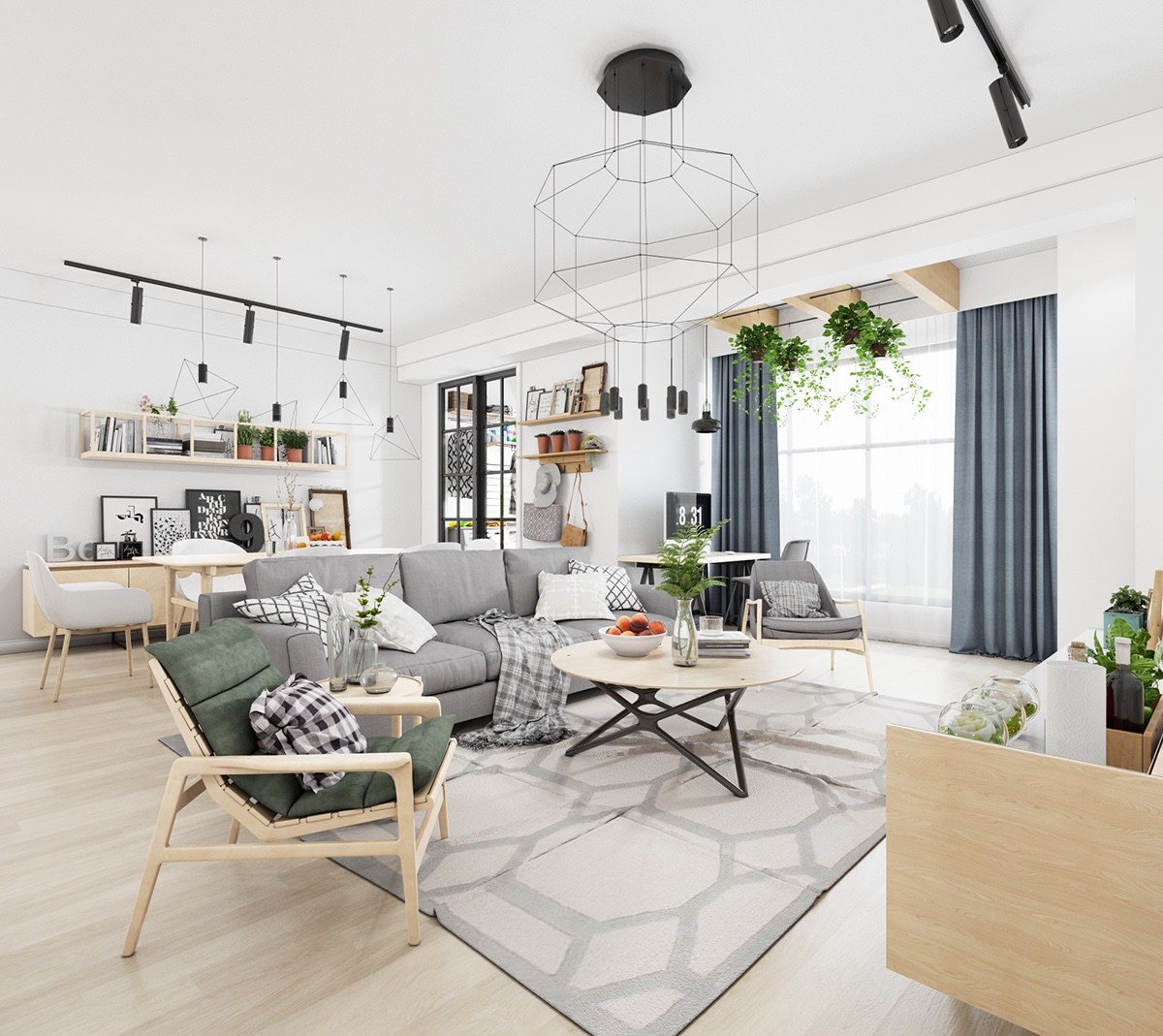
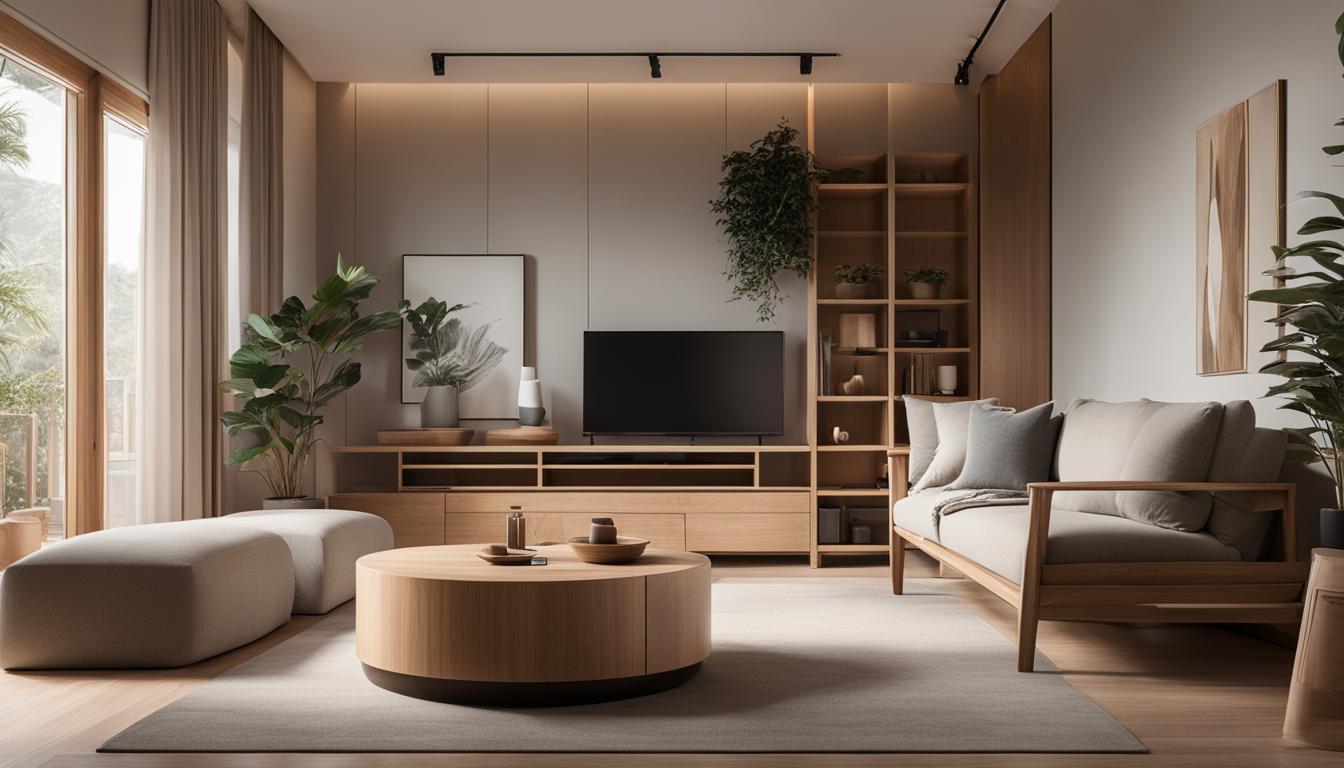
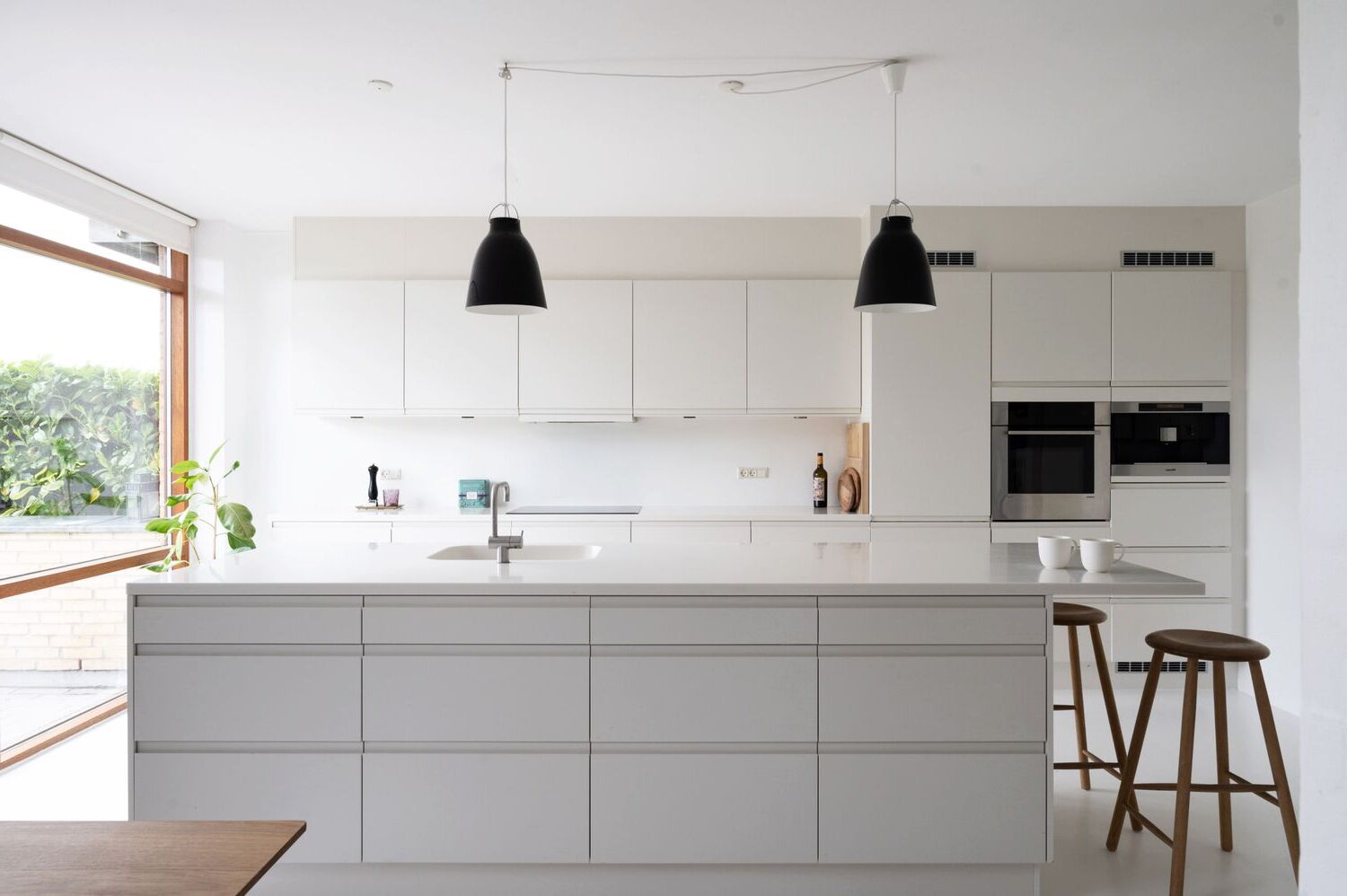
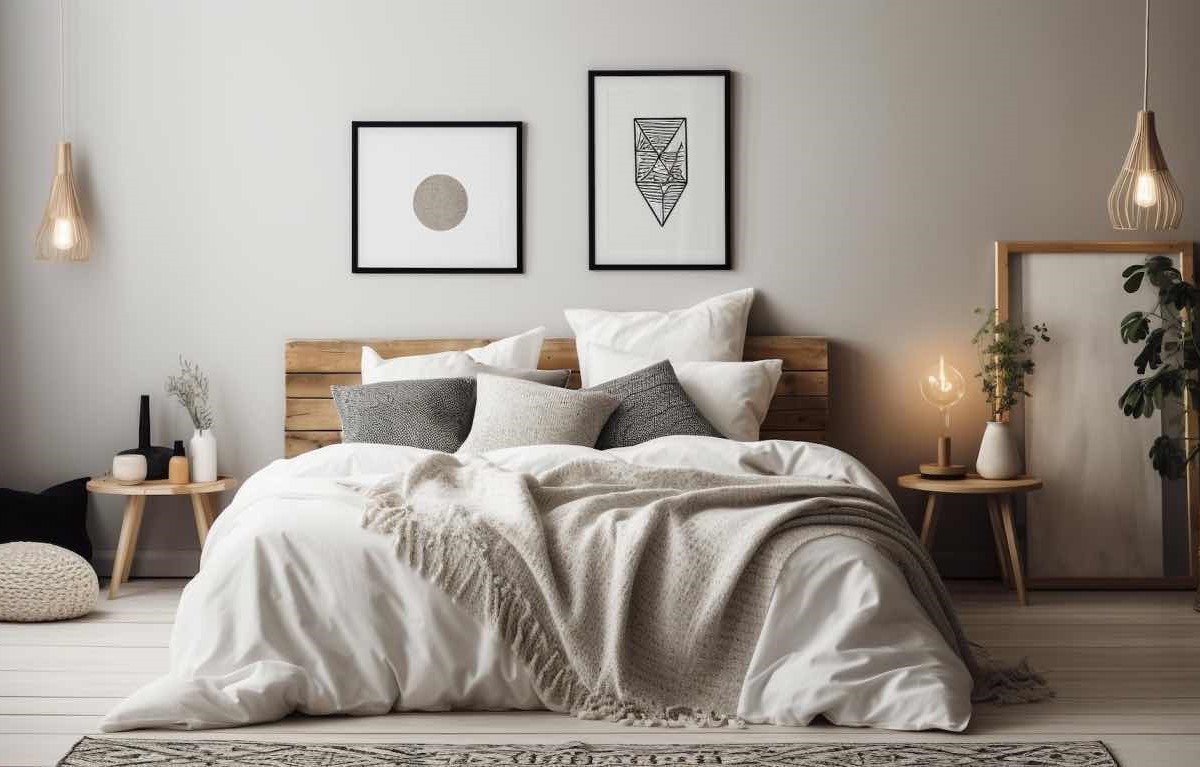
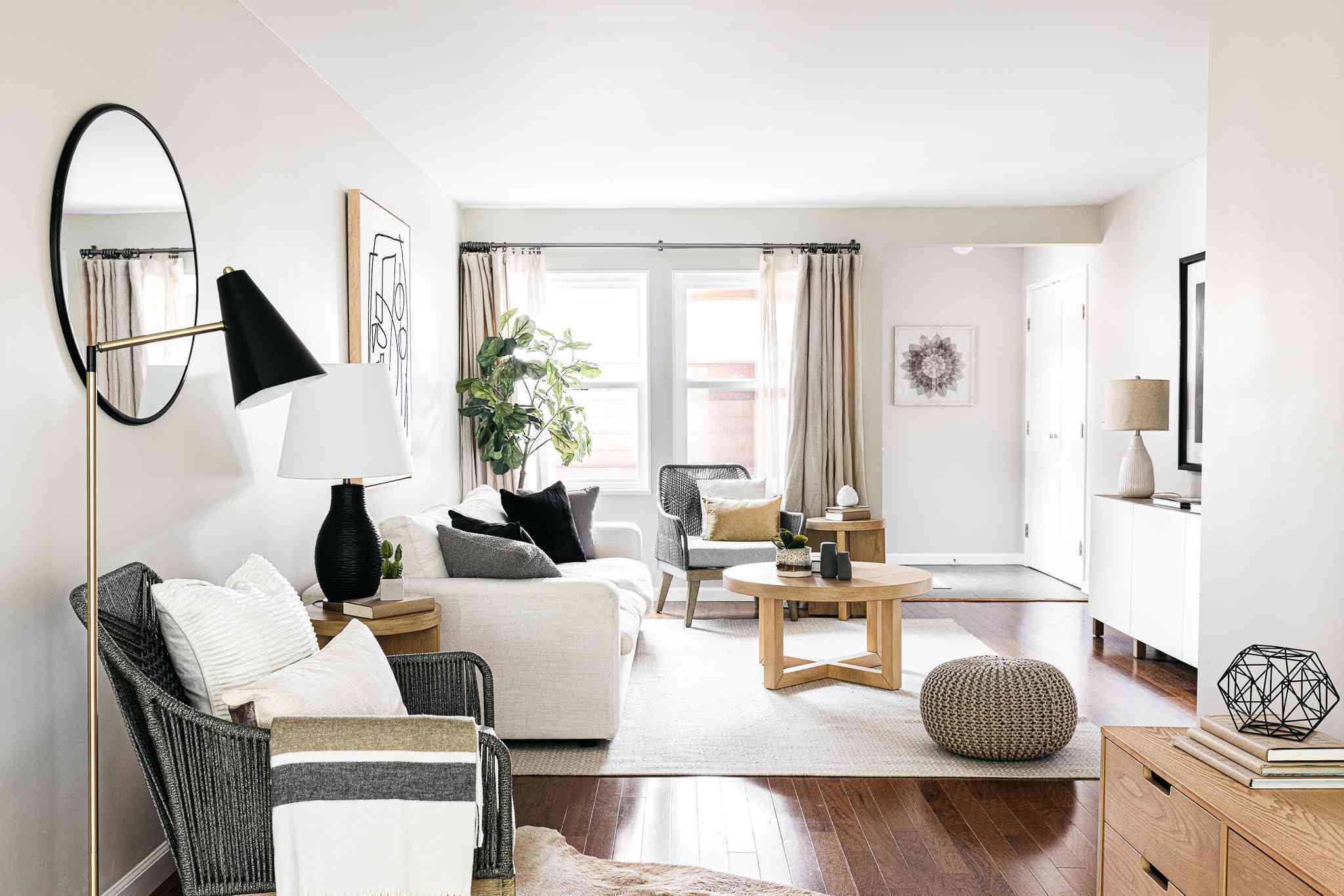
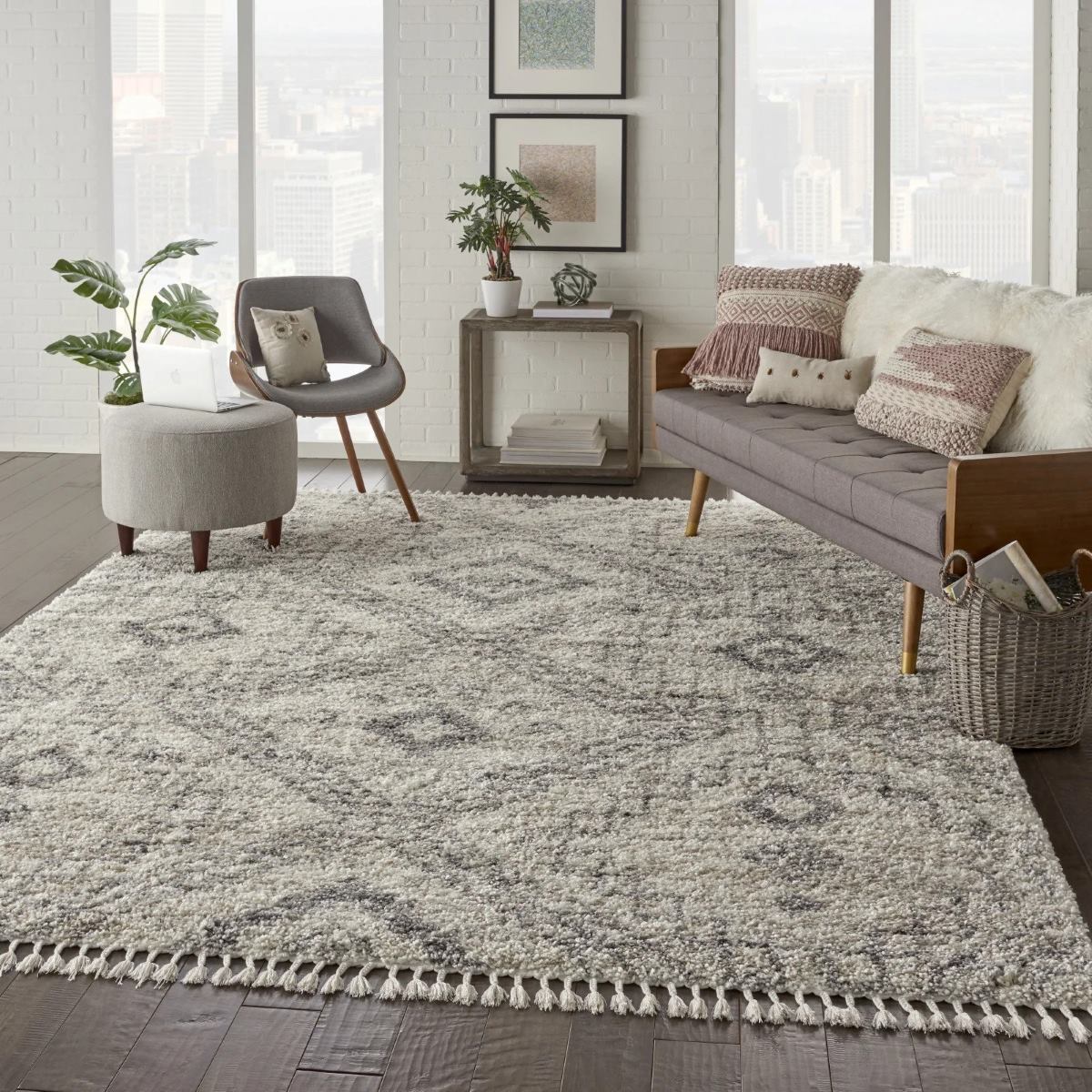
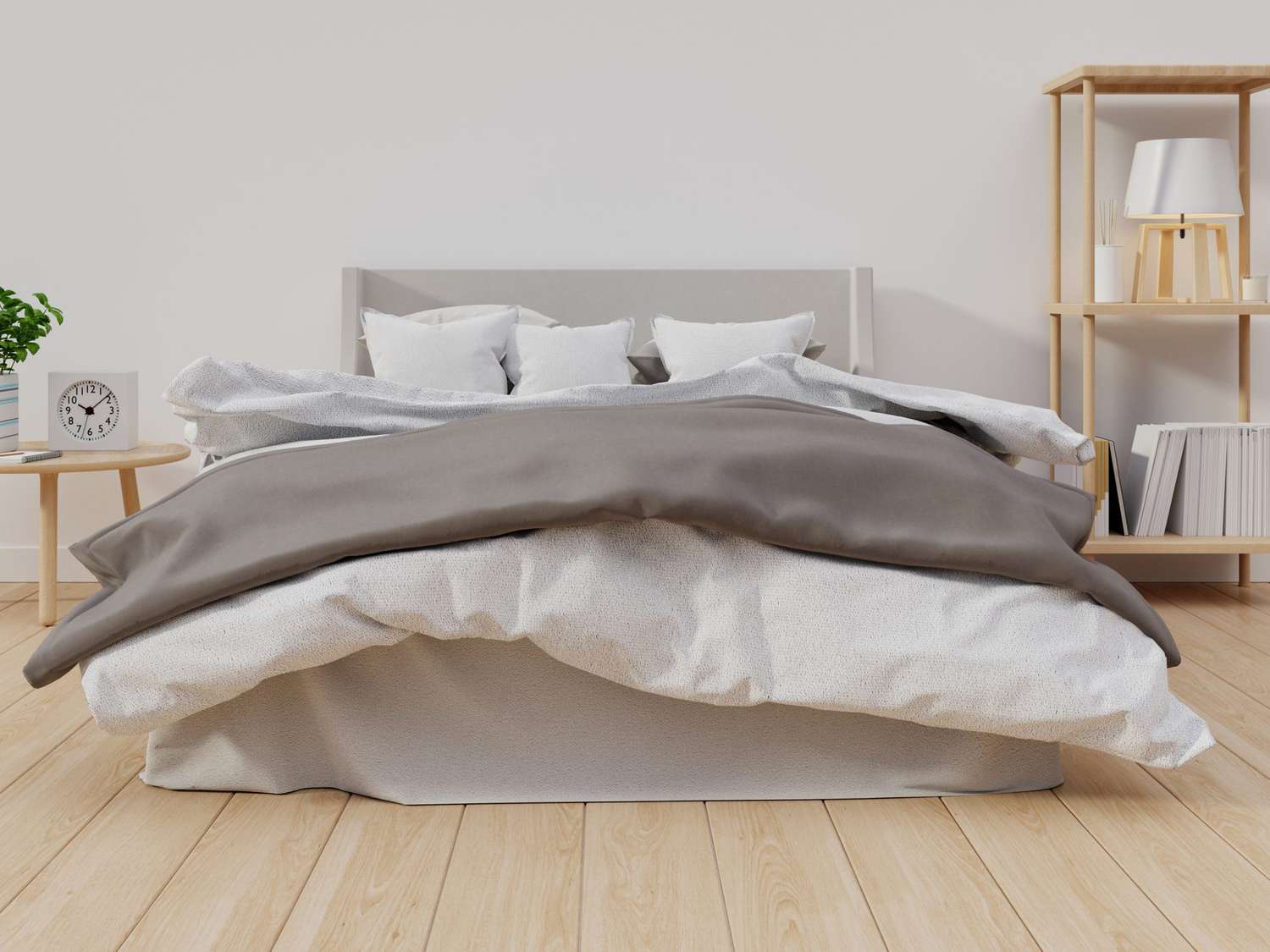
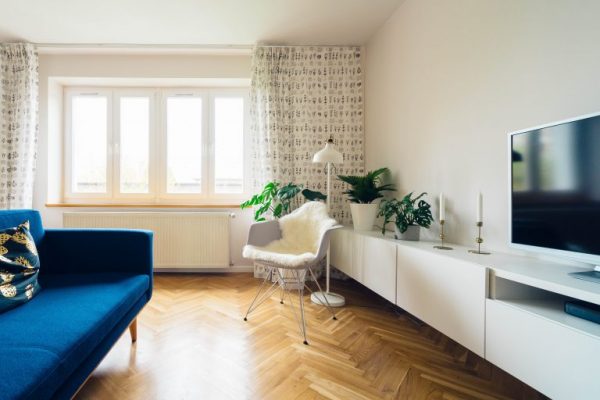
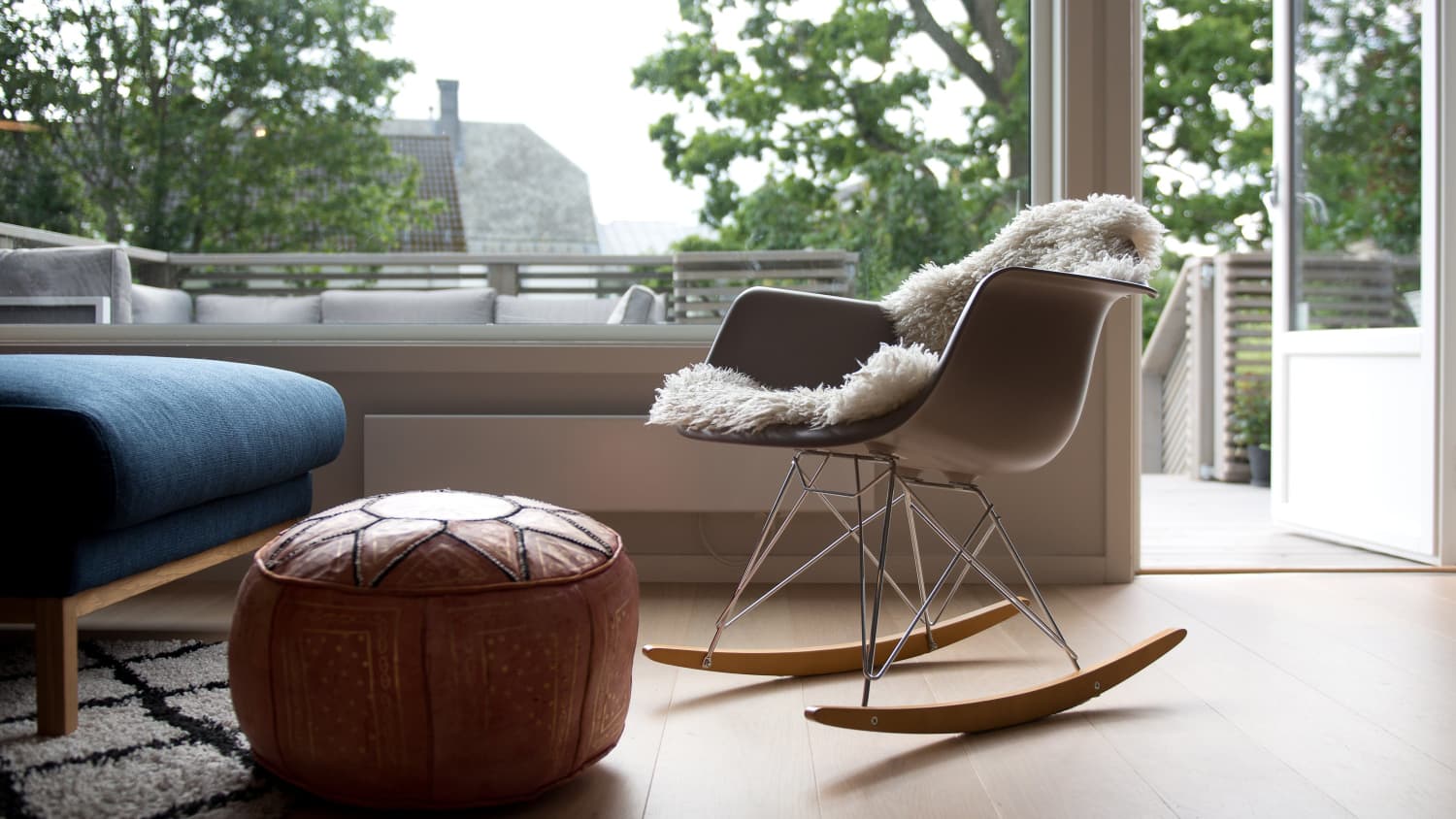
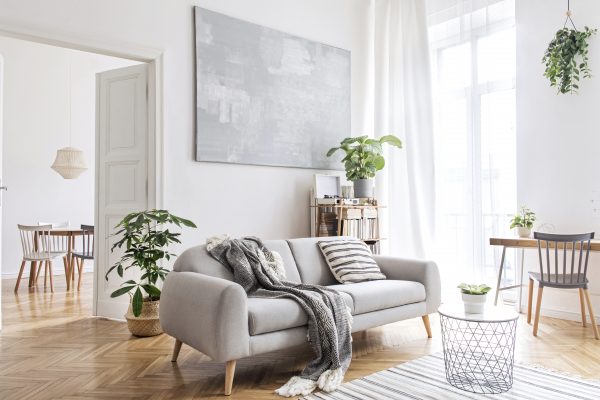
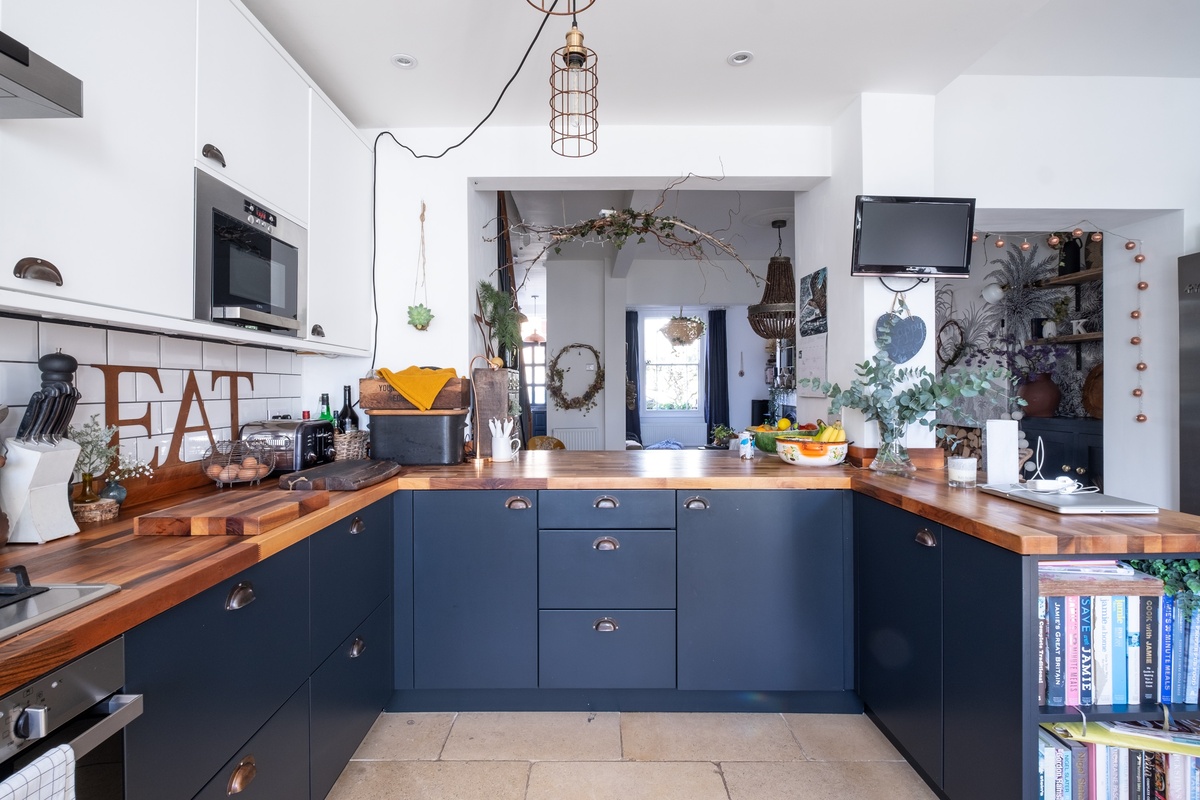

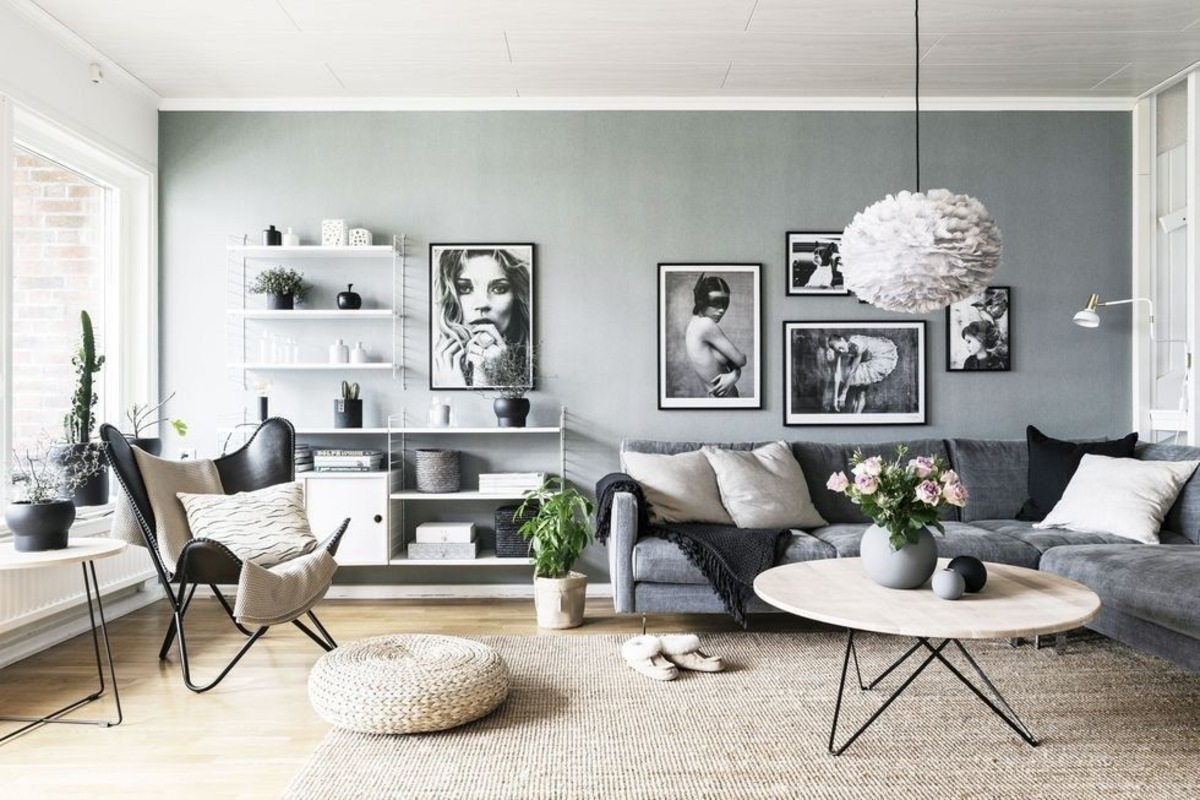
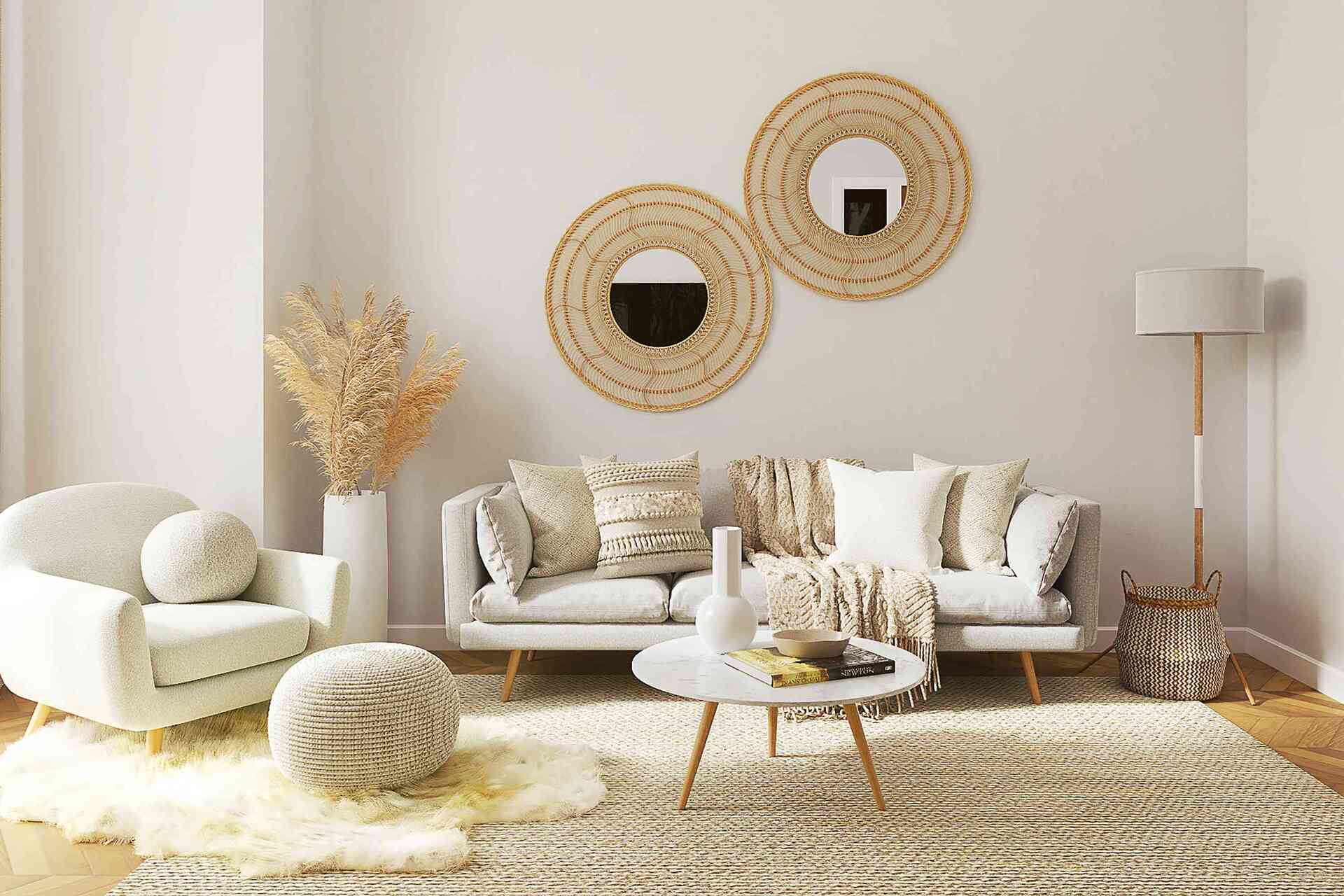
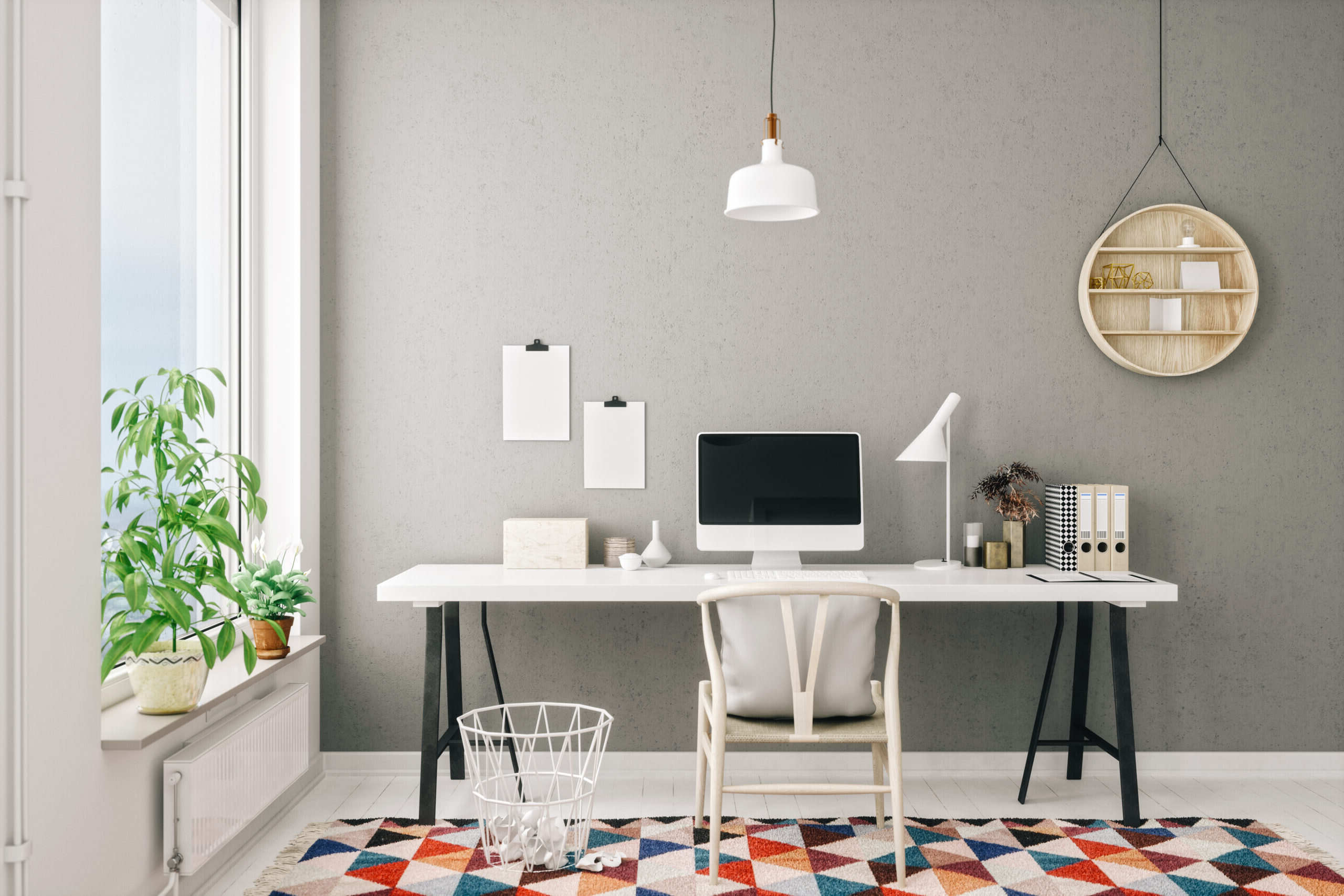

0 thoughts on “Scandinavian Simplicity In Home Design”